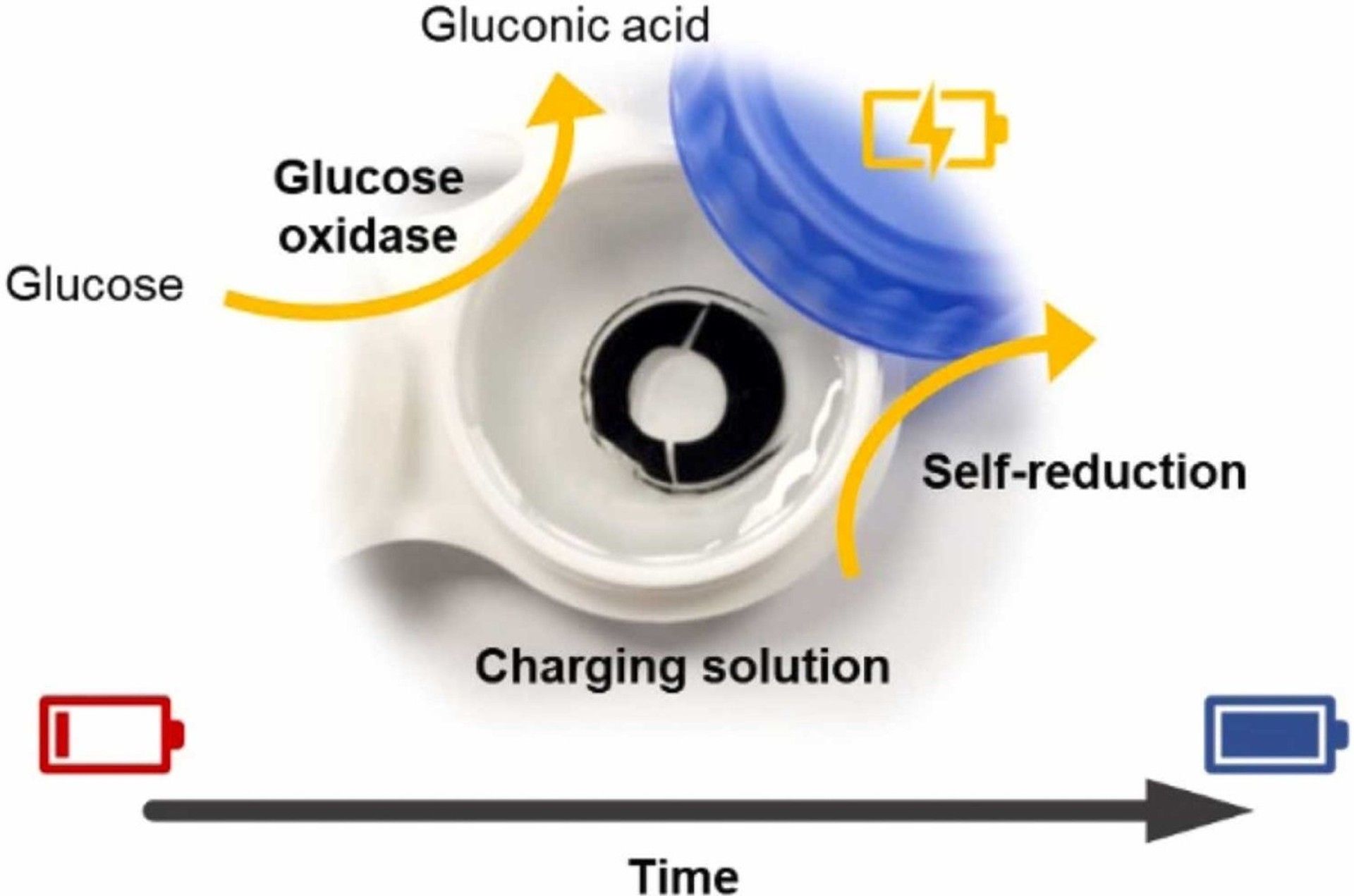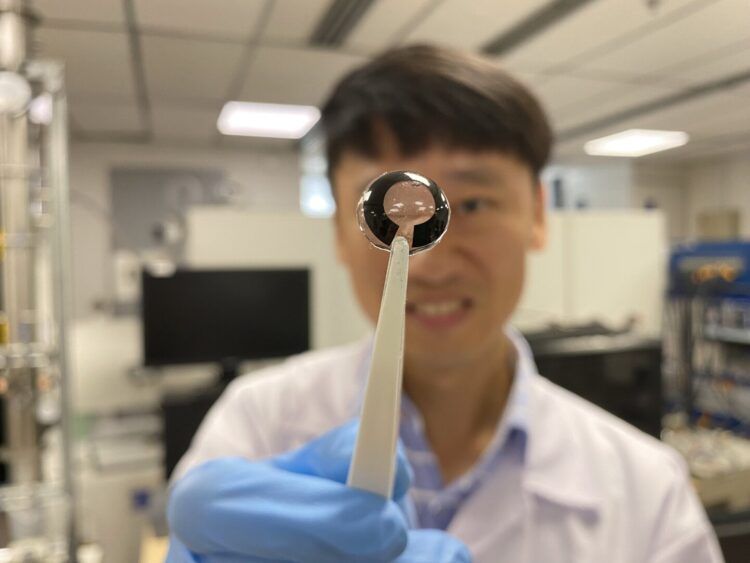A team of scientists from NTU has successfully invented a micrometers-thin battery that can power smart contact lenses that be charged by a saline solution. This breakthrough could potentially reshape how we interact with technology, offering a seamless and integrated experience right in our eyes.
Traditionally, one of the challenges in creating smart contact lenses has been the limitation of power sources. These miniature devices require a compact and efficient energy solution to operate seamlessly without compromising comfort. This is where the significance of micrometer-thin batteries comes into play.
These batteries, with their incredibly small form factor, can be seamlessly integrated into the structure of a contact lens without causing any discomfort to the wearer.
The micrometers-thin battery uses saline solution as a power source
One of the most intriguing aspects of this breakthrough is the utilization of saline solution as a means of charging the micrometer-thin battery. Saline solution, commonly found in medical applications, is a saltwater mixture that is not only safe for the human eye but also serves as an effective conductor of electricity.
This unique approach to charging eliminates the need for traditional charging methods and opens up new possibilities for the seamless integration of technology into our daily lives.

The convergence of micrometer-thin batteries and smart contact lenses marks a significant step forward in the wearable technology landscape. These lenses, equipped with their own power source, have the potential to host a wide range of features that can enhance our daily experiences.
From augmented reality displays that overlay information onto our field of vision to biometric sensors that monitor health metrics, the capabilities of smart contact lenses powered by these innovative batteries are virtually limitless.
Overcoming challenges
In order to realize the promising future that lies ahead, the development of a secure and suitable battery is essential to empower these advancements. Existing rechargeable batteries, which rely on metal-containing wires or induction coils, are ill-suited for use in the human eye due to discomfort and potential risks to users.
However, a groundbreaking achievement by researchers at NTU Singapore has introduced an innovative solution. Their newly developed battery, constructed from biocompatible materials, sidesteps the limitations of conventional batteries. This novel design eliminates the necessity for wires and eliminates the inclusion of harmful heavy metals commonly found in lithium-ion batteries and wireless charging systems.
The battery is coated with a glucose-based substance that interacts with sodium and chloride ions in the surrounding saline solution. Meanwhile, the battery’s internal water content functions as a conduit for generating electricity, effectively assuming the role typically played by “wires” or “circuitry”. This inventive approach marks a significant step toward safer and more efficient power sources for smart contact lenses and other wearable technologies.
The versatility and comfort that smart contact lenses offer
One of the key advantages of this technology is its versatility. The micrometer-thin batteries can be customized to suit various applications within the realm of smart contact lenses. Whether it’s for medical purposes, fitness tracking, or even immersive entertainment, these lenses can adapt to different user needs.
Furthermore, the batteries’ thin and unobtrusive design ensures that wearers enjoy a comfortable experience throughout the day, making the technology both practical and user-friendly.

A glimpse into the future
Imagine a world where you can receive notifications, access information, and communicate with others by simply looking around. Smart contact lenses powered by saline-charged micrometer-thin batteries could turn this vision into reality.
As technology matures, we might witness a paradigm shift in how we perceive and interact with our surroundings. From professionals seeking real-time data to students accessing educational content on the go, the impact of this innovation could be profound.
Featured image credit: Nanyang Technological University/Singapore.





